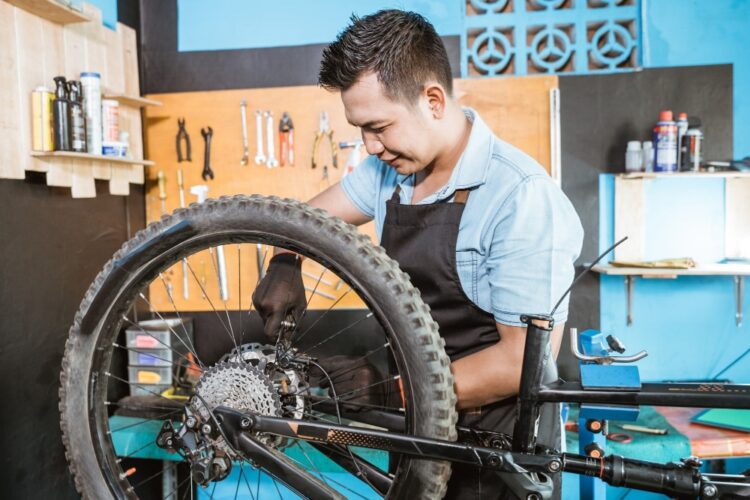Are you stuck somewhere in the middle of nowhere? OH SNAP! Did your electric bike get a flat tire all of a sudden? A flat tire is a really annoying problem especially when you’re somewhere far in the middle of road. However, the next step then is to change a bike tire. BUT the question here arises that how would you replace a flat tire all by yourself, and that too if you’re alone? Riding bikes is all cool an amazing but when it comes to their maintenance, this sometimes can turn out to be daunting task. Hence, it is really a necessity that you at least how to change your own bike’s tire to save yourself from this plight. Now, before we get into the detailed steps, let us see what essential tools are required for a bike tire change.
Tools Required for Changing a Bike Tire
Some levers, pumps, wrenches? Looking for tools to change your own bike tire? BUT FIRST; TOOLS!
It is necessary to have the proper tools available to change a bike tire efficiently. An outline of the essential equipment and supplies as follow;
Tire Levers to Change a Bike Tire
- These are essential tools for changing and removing tires. They assist in gently prying the tire off the rim.
New Tire or Tube
- Ensure the new tire or tube fits the wheel size on your bike. This is required for a safe ride and correct fit.
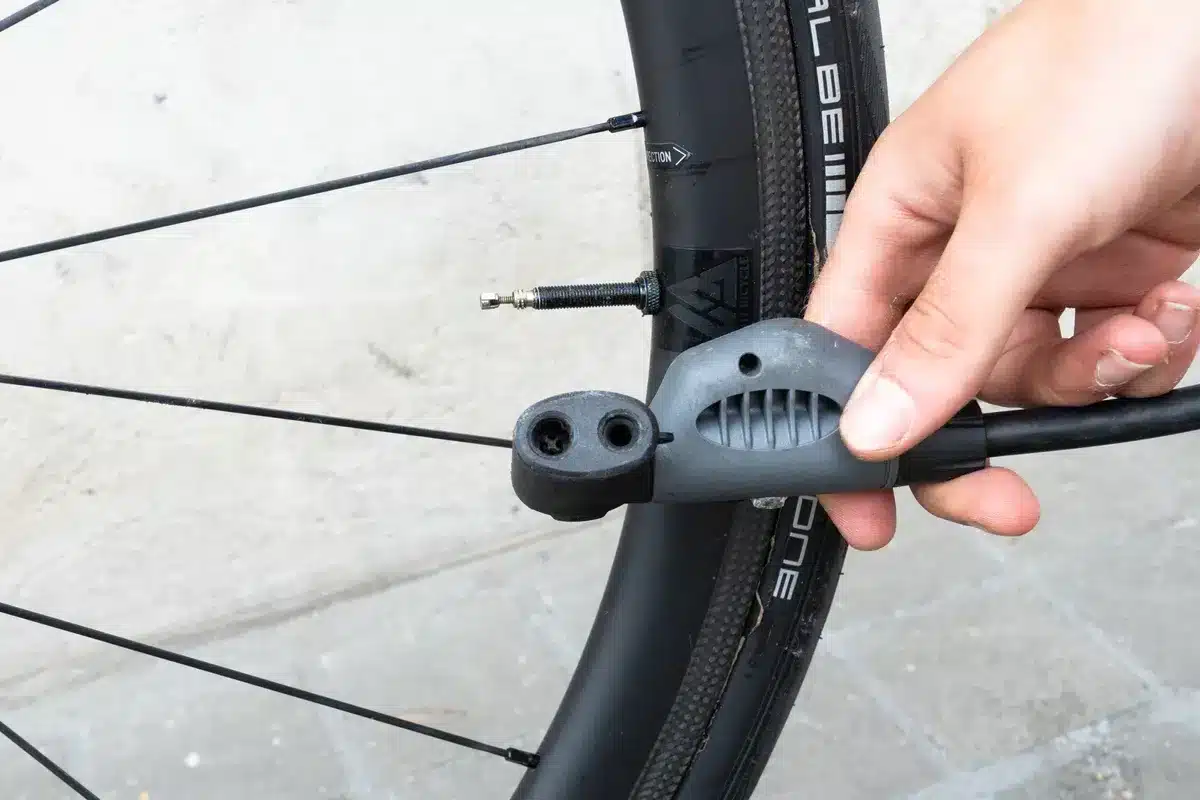
Pump
- For pumping air into a new tire or tube. Verify that it is compatible with your type of valve, such as Schrader or Presta.
Wrenches or Quick Release Lever
- Depending on your bike, you may need a quick-release mechanism to remove the wheel more quickly or a wrench to remove the tire altogether.
Lubricant
- Using a lubricant on the rim will facilitate the installation of the new tire.
If you have these tools, you’ll be ready to take on jobs like changing a tire, swapping out a tire tube, or patching a flat on a variety of bikes, including road and dirt bikes.
The Step-by-Step Guide to Change Your Flat Bike Tire
Let’s take a look at these steps to change your bike tire.
1. Take the Wheel Off
- Wheels with Quick Release
- Find the lever on the wheel hub, twist it counterclockwise, and remove the wheel.
- Bolt-On Wheels
- Slide the wheel out after removing the nuts on either side using a tool.
2. Take the Tire Off
- Deflate the Tire
- Make sure the tire has completely lost air.
- Apply Tire Levers
- Pry the tire off and remove it by inserting it between the tire and the rim.
3. Change the Tube
- Tube Change
- Take the old tube out of the tire by pulling it out.
- Put the New Tube in Place
- Place it within the tire and slightly inflate.
4. Put the Tire Back in Place
- Fit Beads
- To change a bike tire, slide the tube into place, place one side of the bead into the rim, then fit the second bead.
5. Put the Wheel Back in Place
- Fasten the Wheel
- Adjust to dropouts and tighten the lever or bolts.
6. Pump Up the Tire
- Check Pressure
- Ensure the seating is correct and inflate to the recommended PSI.
7. Check the Tire
- Examine
- Look for leaks and even sitting.
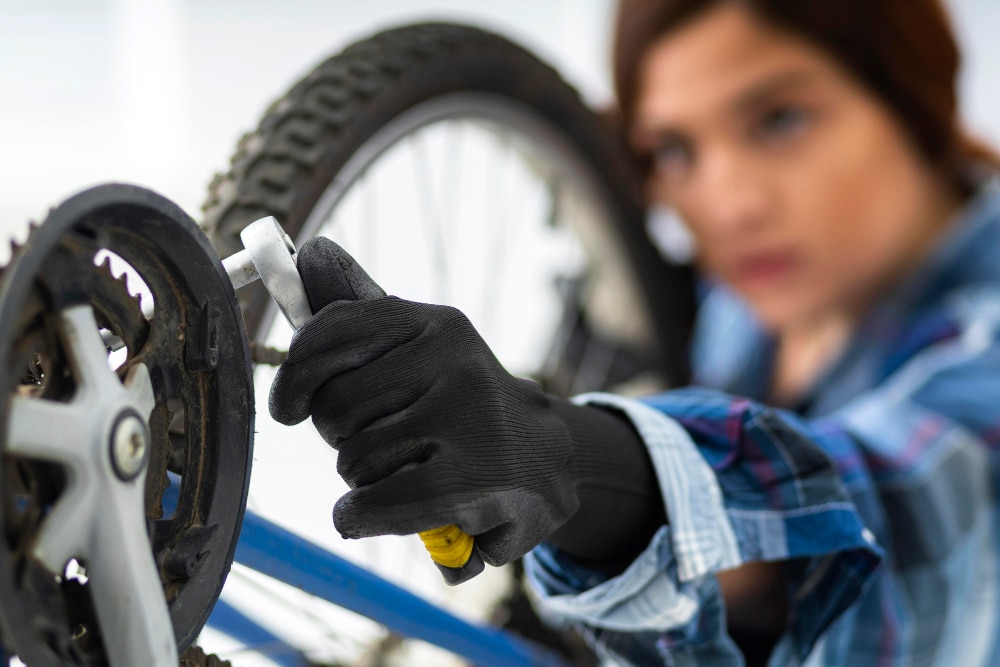
Specifics for Different Types of Bike Tires
You need to look for some specifications while changing the bike tire. Let’s look.
1. Road Bike Tires Narrower Tires
Because of their low width, road bike tires require extra caution when installed and removed to change a bike tire.
2. Presta Valves to Change a Bike Tire
Since road bikes frequently utilize Presta valves, make sure you have the appropriate pump or adaptor.
3. Dirt Bike Tires
More sturdy design Because dirt bike tires are designed for rough terrain, they are more difficult to remove.
4. Apply Tire Lubricant to Change a Bike Tire
- To change a bike tire in easier way, lubricate the area a little.
5. Chain Considerations for Rear Bike Tires
- When replacing a rear tire, especially when using a rear derailleur, you might need to shift or remove the chain.
6. Brake Adjustments
- Ensure the brake pads are aligned adequately after reattaching the wheel.
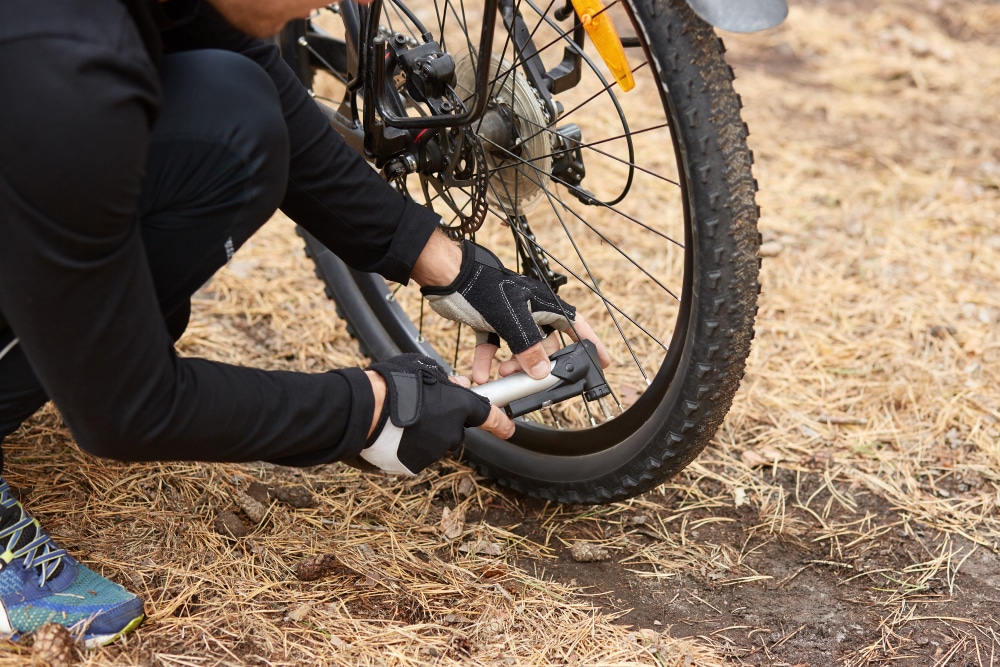
Common Pitfalls for Changing a Bike Tire
A comfortable ride depends on avoiding frequent traps, making changing a bike tire difficult. The following are some errors to be aware of;
- Tube Pinching
- When using tire levers, take care not to pinch the new tube. This can cause deflation and punctures.
- Misaligned Bead
- Verify that the tire bead is positioned appropriately on the rim. If not, inflate your tire to a partially full pressure before adjusting the bead.
- Loose Wheel
- Always ensure the wheel is firmly fastened to the bike frame before riding. An unfastened wheel may cause an accident with bike upside down.
- Overtightening
- Avoid overtightening the quick-release lever or bolts, as this can harm the wheel or frame.
- Incorrect Tire Pressure
- To guarantee a secure and comfortable ride, check the tire’s sidewall for the proper pressure and inflate it appropriately. Whether you’re riding a two-seater electric bike or any other kind, ride safely.
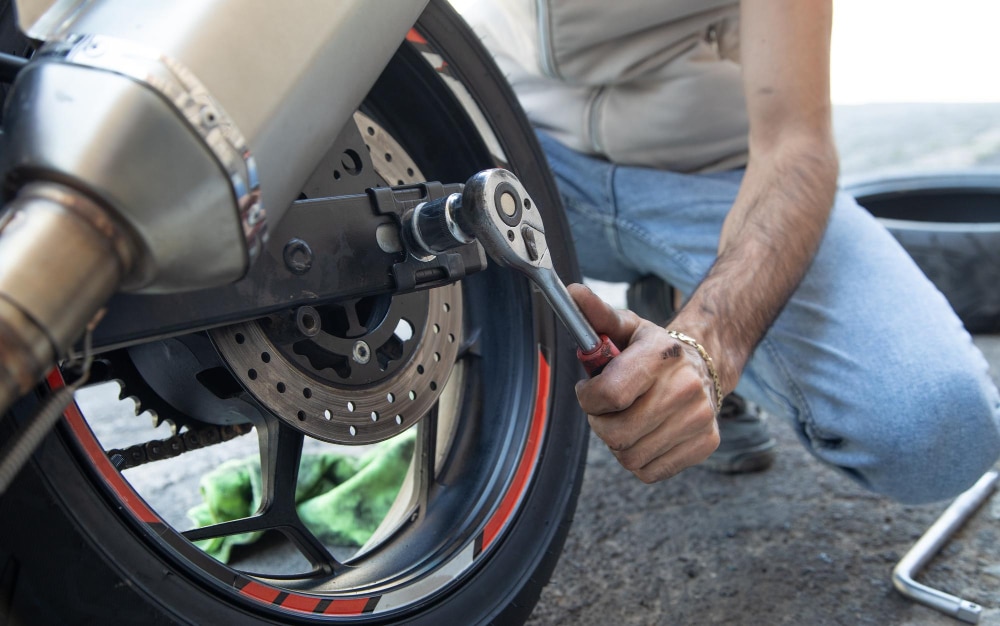
Final Thoughts
Coming to an end, although changing a bike tire may appear complicated, it’s relatively simple if you know a few tricks. Start by removing the front wheel using the appropriate tools or a fast-release lever. To fix a flat bicycle tire, remove it using a tire lever, then insert a new tube into the tire bead, ensuring it fits snugly. The procedure is the same for dirt bikes and road bikes. To prevent pinching, partially inflate the new tube before tightening the tire.
In conclusion, make sure everything is snug and aligned before reattaching the wheel. You’ll become proficient at changing a bike tire quickly with practice. Don’t forget to keep a spare one too!


